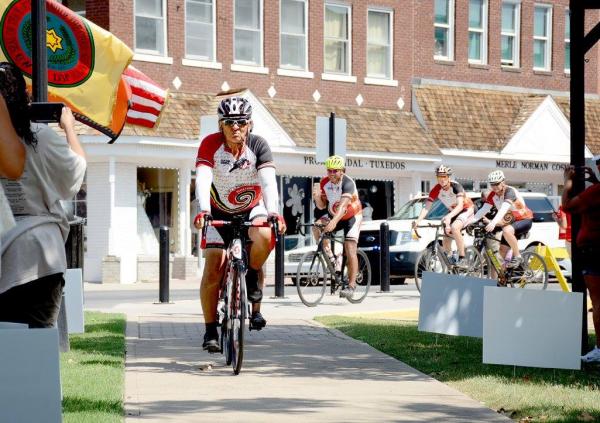More sweetness from London Pride, and Skittles.
Skittles made an announcement on Friday regarding a brief redesign, and it couldn’t be more adorable. In honor of London Pride, the classically rainbowtastic candy has decided that “only one rainbow deserves to be the center of attention” and that belongs to us!
Via The Advocate.




















